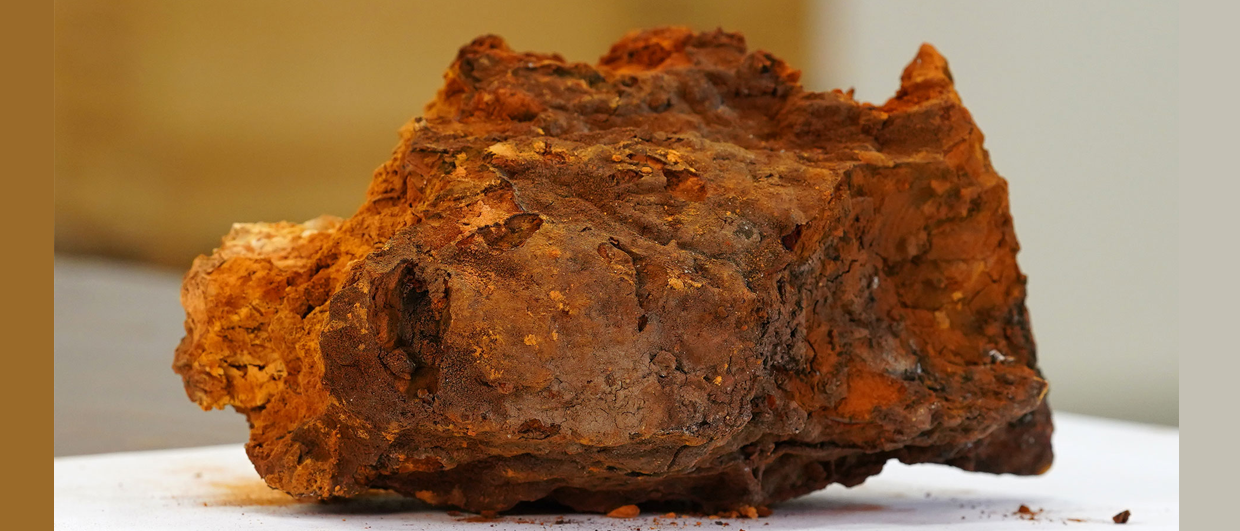“So far, 19 exploration wells have been completed this year. Out of these, 6 are discoveries, which corresponds to a finding rate of 32%, and all are probably commercial”, Anders Wittemann in Wittemann E&P Consulting (WEPC) claims.
There is, of course, good news for the Norwegian shelf. But unfortunately, the volumes are quite small.
“In total, only between 100 and 300 MMbo equivalents has been found”, Wittemann says.
All the discoveries are made in mature areas. Frontier exploration has been disappointing and all 4 wells in the Barents Sea are, for example, dry.
The largest discovery is 24/9-14 Froskelår Main which extends partly into the UK and where it has been proven between 60 and 130 MMbo.
“Other discoveries include Snadd Outer Outer/Black Vulture in the Norne area, Oseberg Vestflanken Statfjord Fm, Jorvik/Tellus Øst as part of Edvard Grieg, Telesto at Visund and Froskelår NE”, summarizes Wittemann.
A large part of the volumes is close to existing fields and infrastructure that provide high value. WEPC estimates the present value at NOK 30 to 40 billion before tax. By comparison, Statistisk Sentralbyrå in Norway estimates the year’s exploration expenses in the order of NOK 33 billion before tax, for the whole year. The financial return will then be up to 2.5 x exploration costs, which is below historical average and expectations, according to Wittemann.
“In comparison, in 2018, 13 discoveries were made from 28 exploration wells, with 470 MMboe recoverable, and only 3-4 commercial discoveries with a total volume of 280 MMboe.
“So far, the results for 2019 are positive with good commercial discovery rate and positive value creation, especially due to exploration close to existing fields”, concludes Anders Wittemann.




